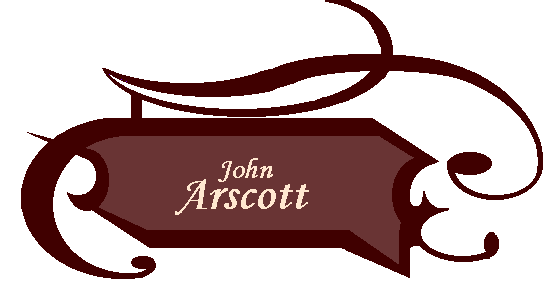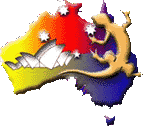|
was born in Truro, Cornwall, tried at Bodmin in 1783 for stealing and sentenced to 7 years' transportation to America, but instead sailed on the Charlotte to Botany Bay. One of the few carpenters at the early settlement, he was kept busy, but in his spare time managed to build furniture and a comfortable hut. In June 1788 he was tried with Patrick Burn for assaulting some sailors and behaving in an insolent and contemptuous manner, but both were acquitted. In March 1790, he was sent to Norfolk Island where, with great bravery, he saved the wreck of the Sirius. It had gone aground due to a tide change and strong wind shift. Arscott boarded the wreck in heavy surf, ordered off two convicts who had accidentally set fire to it, and stayed on board all night. Governor Phillip rewarded him with a free pardon for his heroism. On 24 April 1793, Arscott sailed for England with his wife, Catherine Prior, on the Shah Hormuzear, in company with the Chesterfield. On 3 July, Arscott went ashore with a party from other ships at Tate Island, Torres Strait, for water and to barter with the islanders. They were received with kindness and presents were distributed. It was proposed that Carter of the Shah Hormuzear, Shaw, the mate of the Chesterfield, and Arscott should explore the island while Captain Hill of the Chesterfield remained with the boat crew. Suddenly attacked by the islanders, Arscott fired his musket and they fled, having wounded both Shaw and Carter. With Arscott's first aid they were able to struggle to the boat. On the beach, they discovered that the ships had been driven off by strong winds, and that Captain Hill and the boat crew had been slaughtered - the islanders were dragging their bodies towards some large fires. The three survivors took to the boat, hoping to be picked up by the ships offshore, but when no sails were sighted the following day, they decided to make for Timor. After several days, starved and dehydrated, they reached an island where the natives ran to the shore and greeted them with exclamations of 'Bligh! Bligh!'. For seven months Arscott and Shaw were feted there (Carter died of fever after four months), under the annual trading vessel from the Dutch trading post at Banda arrived on 12 March 1794. On their arrival at Batavia on 10 October they learned that the ships had reached Batavia safely, but that Arscotts wife had died on the voyage of a 'spotted fever' brought on by drinking and shock at the presumed fate of her husband. The ships, it turned out, had been driven off the island by heavy winds, and it had been three days before they could work back. A scouting party had then found the remains of some clothes, a lantern and a tinder box. The clothes were torn into rags. At a fire they found hands, so charred and disfigured that it could only be presumed that they belonged to their missing companions. Copyright unknown
[ Virtual
Australia | The
World We Live In | The
Things We Do ]
Problems/Broken Links can be reported
to
All text and
graphics unless otherwise stated are ©1998-2000 Kim Holden, Virtual Australia.
|

![[Visit Oska]](../../../images/oska003.gif)
